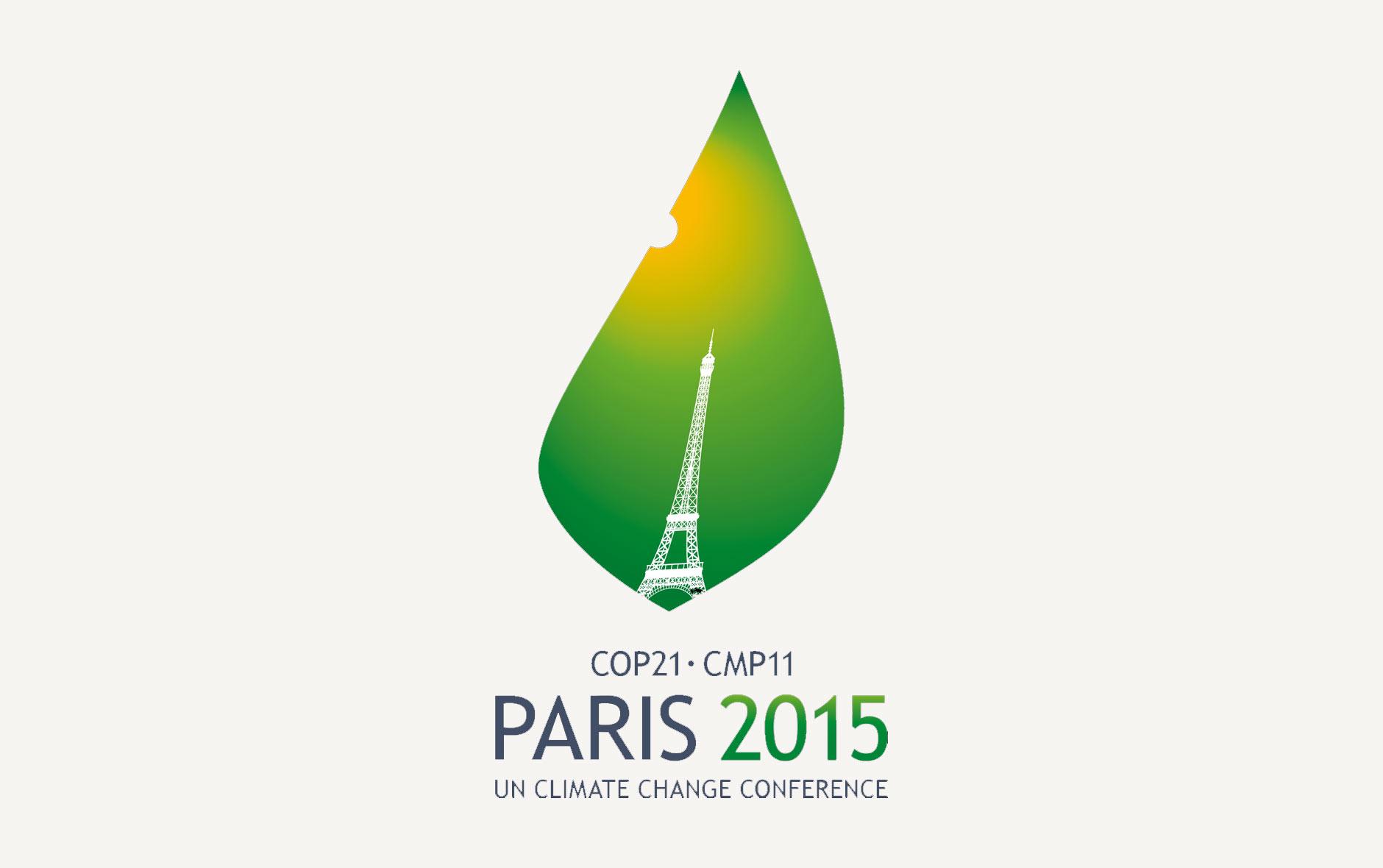Variable climatic conditions reduce productivity, either through drought, or as a result of more humid conditions which allows pests and diseases to take hold. This is why we are setting out strategies in the context of planetary boundaries.
Nature provides an underutilised opportunity to act
Trees sequester carbon – absorbing it from the atmosphere. This fact means they offer a scalable and practical opportunity to act as nature-based solution to counteract climate change.
Coffee actually originates from the humid, tropical forests in southern Ethiopia and South Sudan. It flourishes when grown under shade. By investing in tree planting within coffee farms and the surrounding landscapes, local actions can translate into global impacts.
Trees bring other benefits too. They stabilize ecosystems by storing water, protecting soil, circulating soil nutrients and enriching biodiversity – as well as offering new income opportunities to farmers through the sale of timber and fruits.
This is a holistic approach to climate action.
Building resilience across communities and the supply chain while restoring the ecosystems our business depends on.


